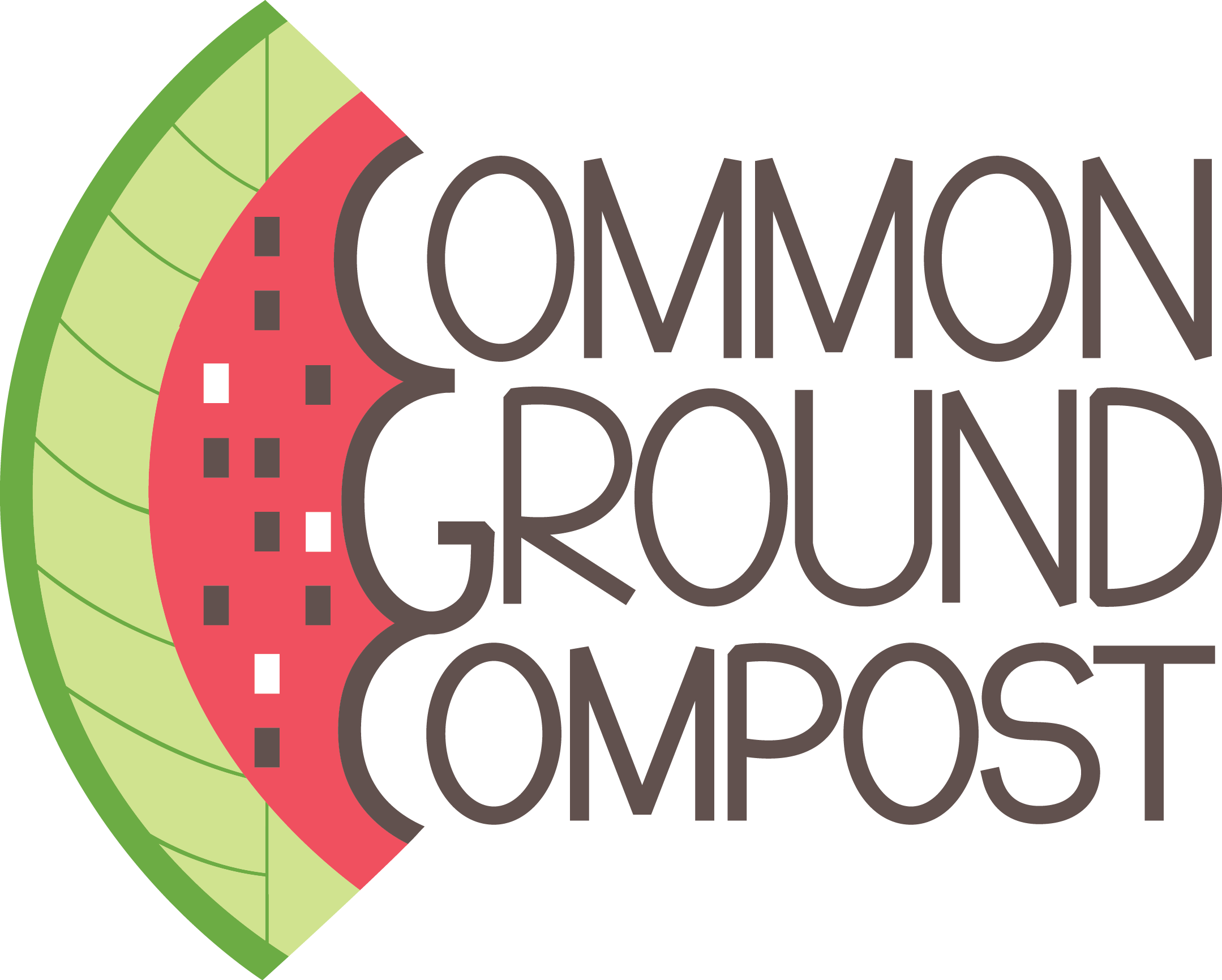Composting to Honor World Ocean Day
Originally published 2021/06/07
By Jesi Taylor
World Ocean Day is June 8th! What began as a proposal at the 1992 Earth Summit has evolved into a globally observed, youth-led movement that culminates in over 2,000 events in over 140 countries every June. “On World Ocean Day, people everywhere can celebrate and take action for our shared ocean, which connects us all,” the official website states. Plus, with the help of countless free resources and toolkits, the World Ocean Foundation and Youth Advisory council make it easy for people to join in the global celebration, learn more about ocean conservation, and engage their neighbors in stewardship. But what does all of this have to do with composting? In a word: everything.
It is important, and increasingly crucial, to honor the interconnectedness of Earth’s natural cycles and ecosystems, especially given the impact that climate change has on our environment, wildlife, and human society. From rising rates of microplastics in rain and arctic ice to the ways in which land pollution affects our planet’s water—and, in turn, the safety and health of all living beings on Earth—the relationship between soils and the ocean is complex and we owe it to ourselves and the planet to ensure that the relationship is healthy and harmless. Put simply, in order to heal our planet we must view our world as a dynamic ecosystem made up of interdependent and inextricably linked systems.
A helpful way to illustrate these connections is to think about the relationship between New Yorkers and, what Riverkeeper refers to as, the sixth borough: the waters that surround us. New York City’s bridges and underwater tunnels remind us that we are navigating and living on islands even if the skyscrapers often block the waters from our view. Our care for and attention to the sixth borough mustn’t wait for or center times of emergency and disaster. While it is important to prepare for floods and sea level rise, emergencies that will worsen in levels of extremity as climate change continues, it is also important to acknowledge that our neighboring waters, and the animals and plants that call them home, are flowing every single day.
The Hudson River, for instance, is a tidal estuary “where salt water from the ocean combines with freshwater from northern tributaries,” Riverkeeper explains. “Because the Hudson River is a tidal estuary, meaning it ebbs and flows with the ocean tide, it supports a biologically rich environment, making it an important ecosystem for various species of aquatic life. For many key species, it provides critical habitats and essential spawning and breeding grounds.” Further, according to the New York State Department of Environmental Conservation, the Hudson River is one of the healthiest estuaries on the Atlantic Coast and “[serves] as valuable habitat for marine life while providing essential human services to coastal communities and the regional economy.” There are, of course, other local estuaries and waterways around and near New York City that we must protect.
In addition to protecting local river ecologies, addressing harms to ecosystems caused by decades of toxins entering waterways, and preventing sewage pollution, we must also protect soils and reduce waste inequities on the Land. By improving soil health and eliminating the conditions of possibility for pollution on our streets—that is transported into waterways by stormwater—and in our greenspaces we can reduce the amount of toxins that make it to the water. One way to help improve soil health is to expand access to organic nutrient cycling in the city, a project that would also reduce the amount of harmful emissions from landfills here and states that import our waste. Of course, I’m referring to equitably increasing access to composting.
Composting is the act of transforming organic matter from things like food scraps and yard materials into a nutrient-rich soil amendment via a human-controlled, microbe-operated decomposition process. There are small-scale composting operations, some of which are so small they only involve processing food scraps in people’s homes, and those responsible for processing the waste of entire neighborhoods or cities. Whatever its size and scale, every composting site diverts waste from landfills and regenerates vital resources that can be used to improve soil health whether the soil is in a backyard garden or city park.
Consequently, the improvement of soil health results in countless benefits that directly impact the health and safety of city residents while also managing stormwater runoff. Not to mention the long-term, large-scale benefits of carbon sequestration. Put simply, soil that lacks nutrients and microbial diversity is more prone to erosion, absorbing toxic chemicals, and losing the ability to grow food. The actions of some humans, from harmful land development practices to general lack of care of the Land, result in unhealthy and lifeless soil that, in turn, leads to decreased capacity for farming and food production as well as issues related to improper stormwater management, water conservation, and crop quality. In other words, when soil is healthy and home to extensive microbial diversity cities become more sustainable and the relationship between soils and waterways can start to truly heal. This is crucial in cities that are islands and have a complex relationship with multiple bodies of water.
While the focus of this piece was New York City, this is a global issue that impacts billions of lives. On World Ocean Day, take the time to learn more about Earth’s natural cycles, the relationship between soils and oceans, and the ways in which composting can play a vital role in plans for protecting and healing our planet. We are connected by oceans and connected to soils. We don’t have time to waste on our journey toward climate justice.
